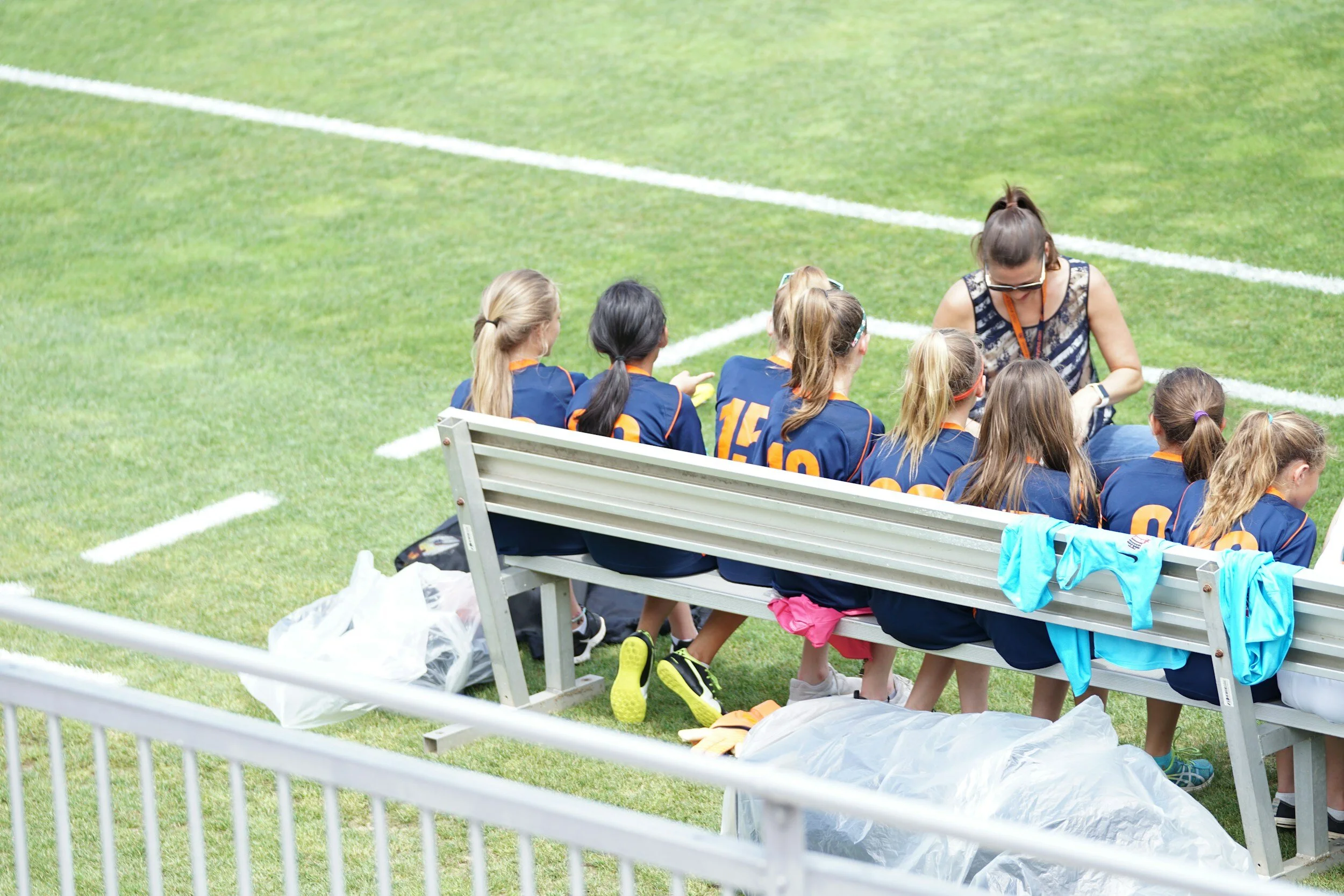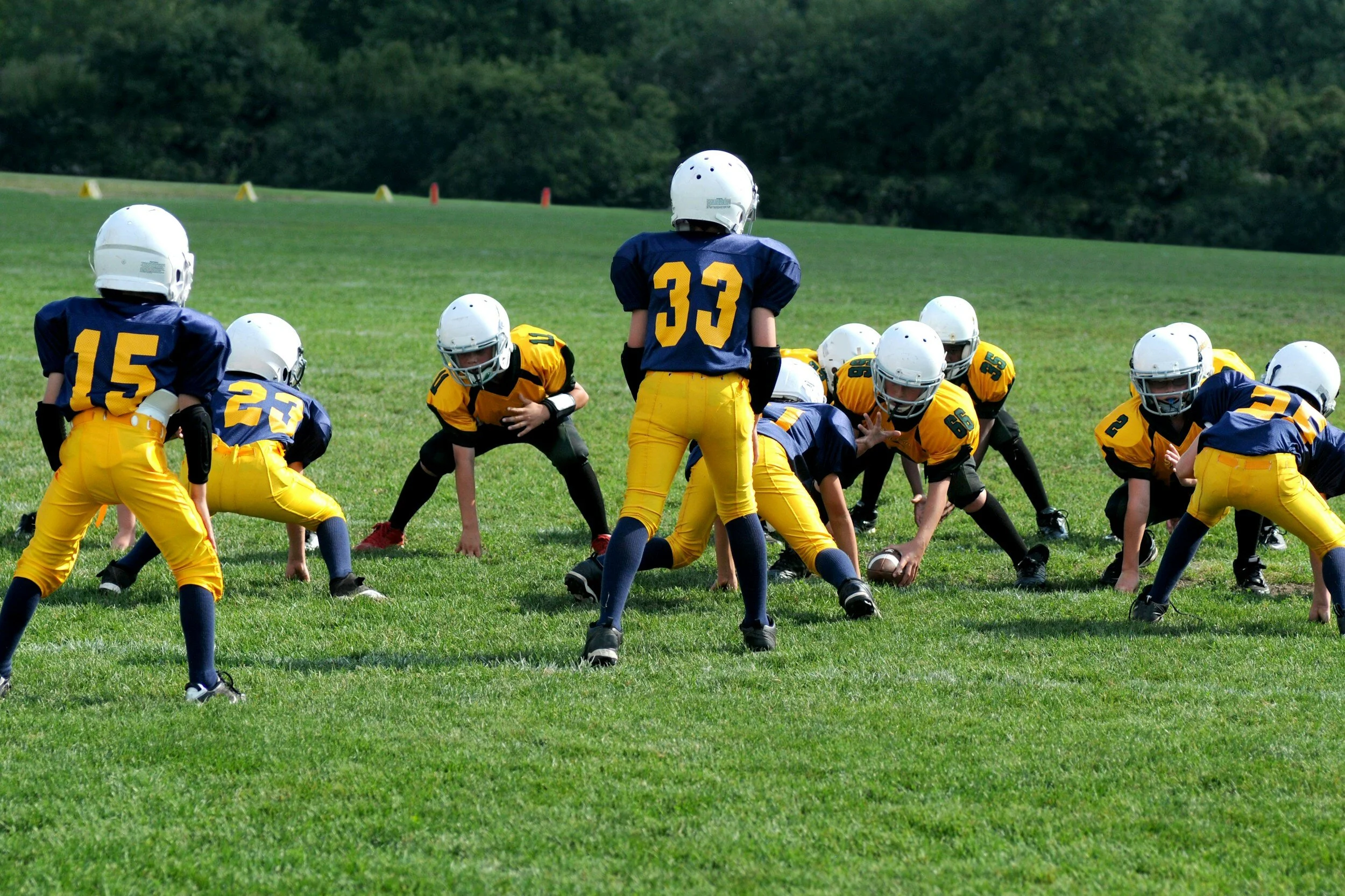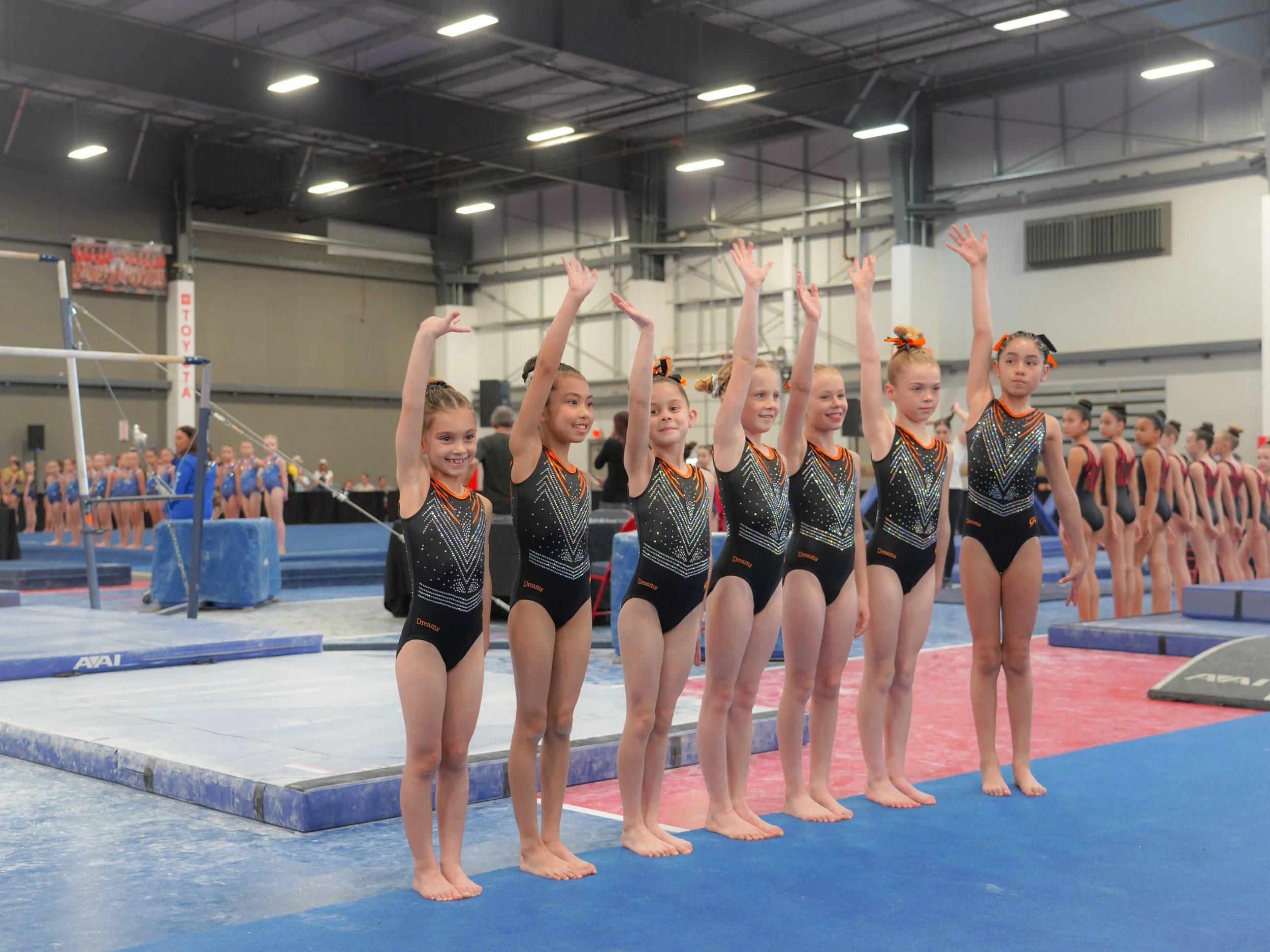Recognizing Verbal and Emotional Abuse in Youth Sports: A Parent’s Guide
As sports season arrives in Prescott and our children don their team colors, we, as parents, hope their experiences are filled with joy, growth, and camaraderie. However, an often-overlooked aspect is the emotional environment our young athletes face. This article delves into verbal and emotional abuse in youth sports, offering guidance on recognizing warning signs and taking action under the Safe Sport Act. Such abuse can be as harmful as physical injuries, leaving lasting psychological scars that affect a child's self-esteem, motivation, and mental health. It's essential to recognize that these abuses can infiltrate the sports setting, sometimes under the guise of 'tough love' or competitive spirit. Moreover, for sports like gymnastics that run year-round and demand frequent participation, parental involvement becomes crucial. These year-long commitments mean more exposure and potentially higher risks, making it imperative for parents to be vigilant and proactive in safeguarding their children’s well-being in every season.
Why Parents Must Understand the Safe Sport Act
Understanding the Safe Sport Act is essential for parents because it equips them with the knowledge and tools needed to navigate the complex landscape of youth sports with an informed perspective on safety. This Act serves as a comprehensive framework designed to address and mitigate the risks of abuse, extending beyond the physical and sexual to include the often-overlooked realms of emotional and verbal harm. By familiarizing themselves with the provisions of the Safe Sport Act, parents are better positioned to recognize the signs of abuse, understand the rights and protections afforded to their children, and take decisive action to report and prevent abuse. As parents, understanding this Act and the mechanisms it puts in place empowers us to:
Recognize Red Flags: Recognizing red flags enables parents to spot early signs of abuse in youth sports, such as sudden behavioral changes or unexplained injuries, prompting swift action. This knowledge fosters open communication with their children, reinforcing the importance of their safety and well-being, and encouraging trust in their parents' support.
Advocate and Report: Being knowledgeable about the Safe Sport Act empowers parents to effectively advocate for and report violations, ensuring young athletes' safety. This understanding allows parents to navigate reporting channels confidently, advocate for their children's rights, and contribute to a culture prioritizing athlete welfare, thereby safeguarding not only their own children but also promoting a safer sports community overall.
Red Flags to Watch Out for in Your Child’s Behavior
Staying vigilant about the following red flags can help parents identify potential verbal and emotional abuse.
Behavioral Changes: Sudden mood swings, declining performance, or a reluctance to attend practice can indicate an athlete's emotional distress, often due to negative experiences in their sport. These behavioral changes may suggest a loss of interest, potentially leading to withdrawal from the sport and impacting their well-being and future in sports.
Negative Self-Talk: Negative self-talk in young athletes, reflecting doubts in their abilities and internalized criticism, undermines confidence and motivation, affecting their performance and willingness to face challenges. This behavior signals the need to examine their sports environment interactions to protect their mental health and rebuild self-esteem.
Fear of Retaliation: Fear of retaliation, leading to athletes' reluctance to voice concerns over potential backlash, underscores a lack of safe communication channels, fostering a silence culture that worsens issues and leaves athletes feeling unsupported. Establishing a secure environment for expressing grievances is vital for a supportive team dynamic that values every participant's well-being.
Trust Your Instincts: Trusting your instincts means acknowledging that initial sense of discomfort or unease as a valid indicator that something may not be right. Often, our gut feelings are the first to pick up on inconsistencies or underlying issues that our conscious mind has yet to fully recognize or understand. If you sense something amiss, especially in the context of your child's sports experience, it's important to trust that intuition and investigate further. Doing so can not only uncover hidden problems but also reinforce the importance of being proactive in ensuring the safety and well-being of your child in potentially harmful situations.
Types of Verbal and Emotional Abuse
Abuse can take many forms, not all of which are overt, making it imperative for parents to be aware of the various guises in which emotional and verbal abuse can present itself.
Belittling and Demeaning Language: Belittling language in youth sports can harm an athlete's mental health, reducing confidence and fostering feelings of inadequacy and fear of failure. Such negative communication from coaches erodes trust and creates a negative team culture, affecting morale and performance. It's important for parents to distinguish between constructive criticism and hurtful comments.
Public Humiliation: Public humiliation in youth sports can severely damage an athlete's self-esteem, leading to social isolation and a decreased love for the sport. It can hinder their willingness to take risks or exert effort, affecting their growth and potentially impacting their future participation in sports and outside interpersonal relationships. Recognizing the damaging effects of such humiliation is key to fostering a supportive sports environment.
Isolation and Exclusion: Isolation and exclusion in team sports deeply affect athletes' sense of belonging and self-worth, significantly impacting their psychological well-being. This can lead to reduced motivation, poorer performance, and potentially quitting the sport. The negative effects may also spill over into social and academic areas, as athletes struggle with feelings of not belonging.
Threats and Intimidation: Using threats and intimidation as coaching tactics can damage the trust between an athlete and coach, creating a fear-based environment that shifts focus from improvement to avoiding punishment. This approach can lead to a toxic atmosphere, increasing stress, and diminishing motivation and self-esteem in athletes. It undermines their confidence and enjoyment of the sport, moving them away from a growth mindset and the joy of participation.
Red Flags that Indicate Violations of the Safe Sport Act
Being well-informed about the specific behaviors and actions that constitute a violation under the Safe Sport Act is indispensable for parents involved in youth sports. This knowledge serves as a guide to discerning the often-subtle signs of abuse or misconduct, ranging from inappropriate communications or interactions between coaches and athletes to instances of bullying, hazing, and emotional manipulation. Armed with this awareness, parents are better positioned to monitor their children's sports experiences closely, ask informed questions, and detect early signs of potentially harmful behavior.
Unqualified Coaches: Unqualified coaches, lacking credentials or having a history of misconduct, pose an extreme risk to young athletes' safety and development. Their insufficient training can lead to neglect of injury prevention and positive reinforcement, endangering their physical and emotional well-being. Diligent vetting by parents and organizations, favoring coaches with proper qualifications and clean records, is crucial for a safe and nurturing sports environment.
Verbal or Emotional Abuse: Verbal or emotional abuse in youth sports, characterized by persistent negative language and demeaning behavior, violates the Safe Sport Act and damages young athletes' emotional well-being and self-esteem. Such actions betray trust in coaches as mentors, creating a toxic environment rather than one of growth. Recognizing, reporting, and addressing these behaviors are essential steps to protect athletes and maintain a positive sports environment, emphasizing a collective commitment to zero tolerance for abuse.
Negative Team Culture: Young athletes' self-esteem, social skills, and passion for the sport are all negatively impacted by a toxic team culture that promotes cliques and exclusion while undermining fundamental sports values like teamwork and respect. This toxicity can lead to isolation, poor performance, and mental health issues. Addressing such issues quickly and fostering a positive, inclusive environment are crucial steps for parents, coaches, and administrators to support every athlete's development.
Taking Action
Taking action in the face of potential abuse in youth sports is a critical step that goes hand-in-hand with the ability to recognize the warning signs. Understanding the appropriate measures to take not only empowers parents and guardians to intervene effectively but also ensures that concerns are addressed promptly and thoroughly, preventing further harm. This involves knowing whom to contact, whether it's sports organization officials or the U.S. Center for SafeSport, and being prepared to provide detailed information about the concerns.
Document Incidents: Documenting incidents with detailed records of dates, times, descriptions, witnesses, and evidence is crucial for supporting complaints to sports organizations or authorities. It lends credibility, helps identify patterns of misconduct, and can reveal systemic issues, leading to safer sports environments. For parents, this approach underscores a commitment to protecting children and ensuring a safe, abuse-free sporting experience.
Report to Authorities: Reporting abuse under the Safe Sport Act is essential for addressing abuse in youth sports, offering a structured way for parents to engage with authorities like the U.S. Center for SafeSport and National Governing Bodies. This process, which emphasizes confidentiality and protection from retaliation, is crucial for safeguarding not just one's own child but others as well, reinforcing the importance of a safe sporting culture where issues are quickly resolved.
Understanding the Safe Sport Act goes beyond mere adherence to rules; it involves actively participating in shaping a sports culture that nurtures every child's ability to grow and succeed in a safe, supportive environment. As parents, our responsibility transcends the traditional role of passive supporters; we are, in fact, the frontline defenders of our children's right to a positive and enriching sports experience. This duty involves vigilance not only against the threats of physical abuse, which are often more visible and consequently more readily addressed, but also against the subtler, yet equally damaging, emotional and verbal abuse. By fully embracing our role as advocates, we contribute to building a sports culture that values respect and the mental and physical well-being of all athletes. This commitment to safeguarding our children in sports is not just about preventing harm; it's about actively promoting an environment where every child can pursue their athletic goals free from the fear of abuse. The Safe Sport Act provides a framework for this advocacy, empowering us to ensure that sports remain a source of joy, personal growth, and healthy development for our children.








